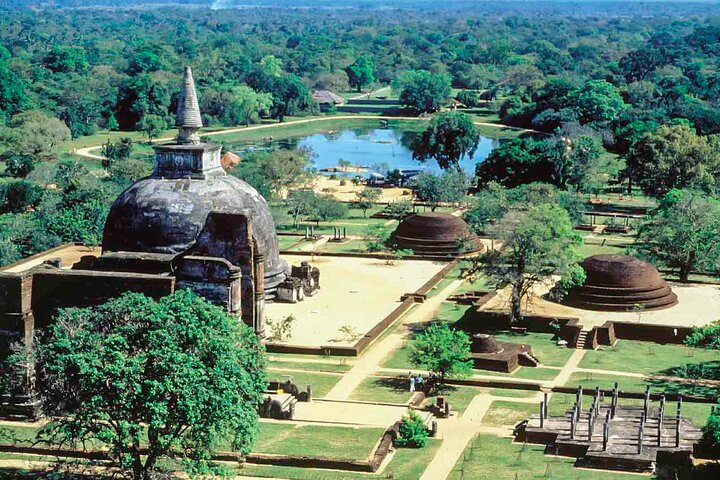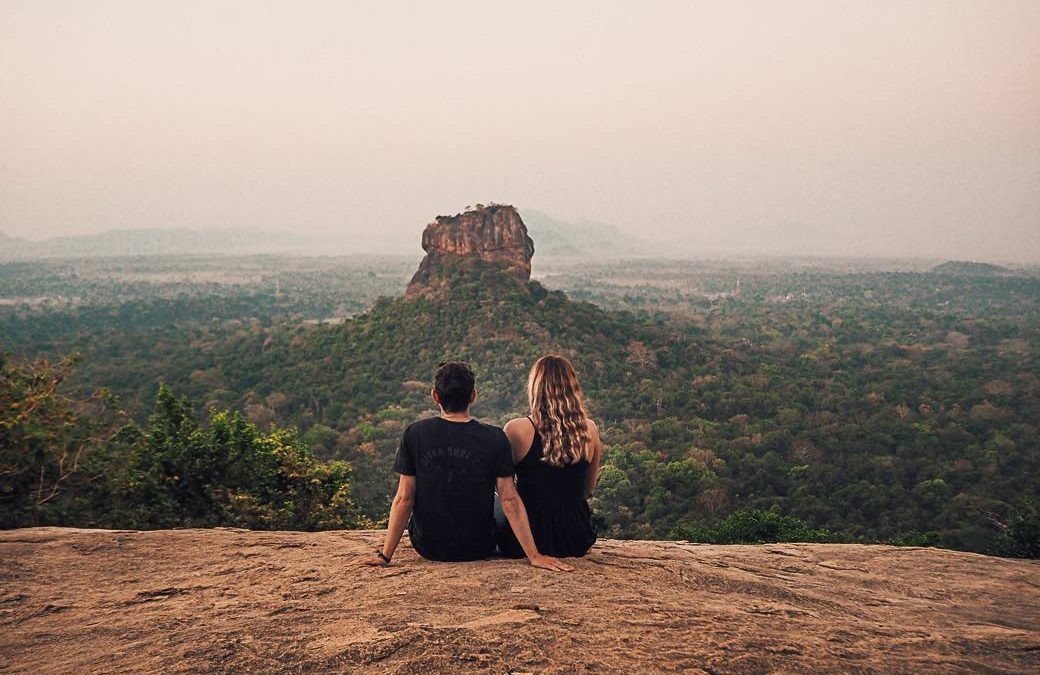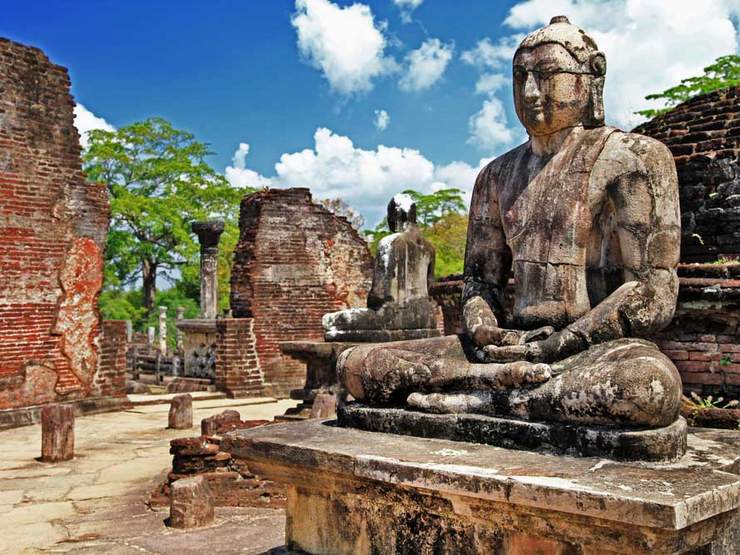
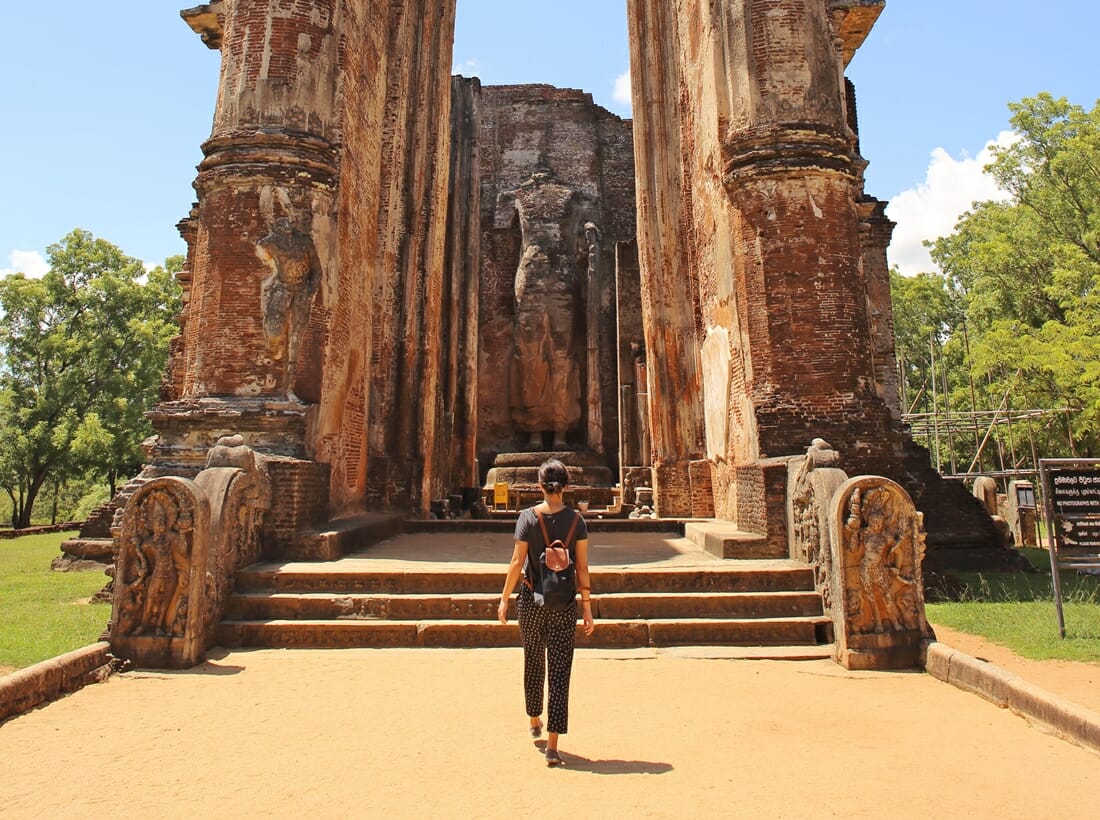
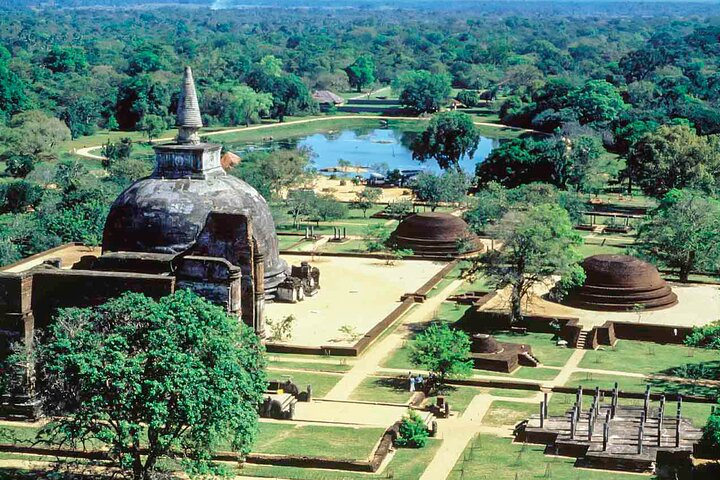
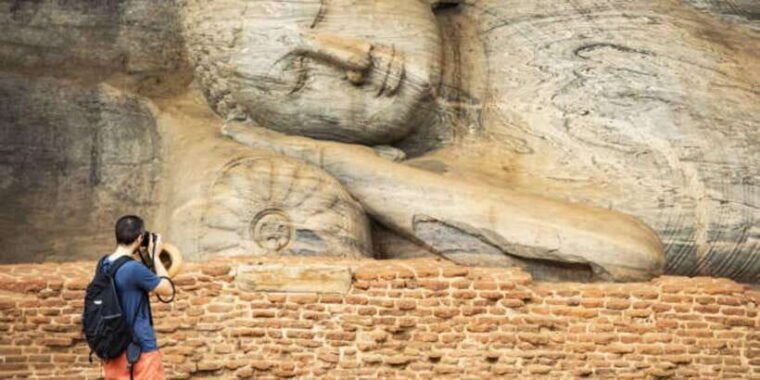
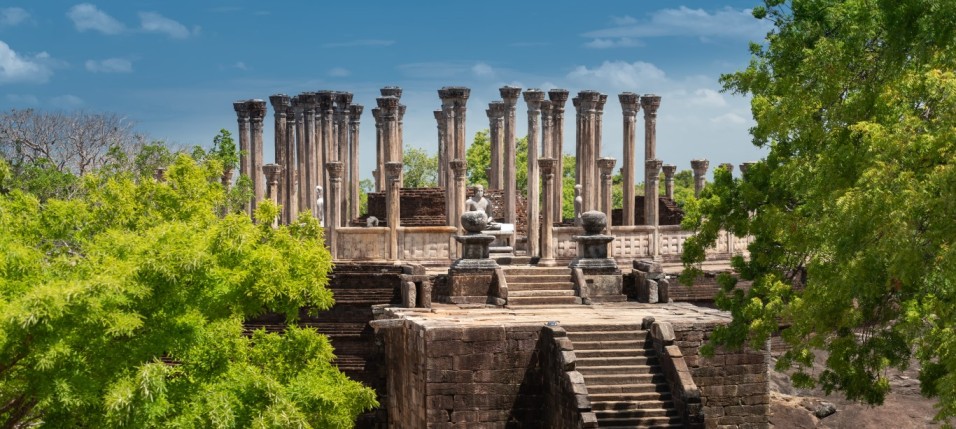
Polonnaruwa
The ruins of Polonnaruwa, a UNESCO World Heritage Site in Sri Lanka, represent the country's second ancient capital. Flourishing from the 11th to the 13th century, after the fall of Anuradhapura, the city is a testament to the ingenuity of its rulers, particularly King Parakramabahu I, who oversaw a golden age of agriculture, art, and architecture.
Key Historical Highlights
Second Capital of Sri Lanka: Polonnaruwa rose to prominence after the destruction of Anuradhapura in 993 AD. It was the capital for nearly three centuries, with King Vijayabahu I establishing it as the first declared capital under local rule.
Golden Age of King Parakramabahu I: The city reached its peak under King Parakramabahu I (1153-1186 AD), who was known for his massive construction projects and irrigation works. He famously stated that "not a single drop of water falling from the heavens should be wasted." This led to the creation of the massive Parakrama Samudra (Sea of Parakrama), a vast man-made reservoir that still functions today, providing water for agriculture.
Decline and Abandonment: The city's prosperity was short-lived, with subsequent invasions and political instability leading to its decline and eventual abandonment. The ruins were rediscovered in the 19th century and have since been a focal point for archaeological research and preservation.
Notable Ruins and Sites
The Polonnaruwa archaeological site is quite vast, and visitors often explore it by bicycle or tuk-tuk. Some of the most significant sites include:
The Royal Palace: The remains of King Parakramabahu I's seven-story palace and the Audience Hall, with its intricately carved pillars, offer a glimpse into the grandeur of the ancient kingdom.
The Sacred Quadrangle (Dalada Maluwa): This compact, raised-up area is home to a concentrated collection of remarkable ruins, including:
Polonnaruwa Vatadage: A circular relic house believed to have housed the Buddha's tooth relic. It is renowned for its intricate stone carvings and design.
Lankatilaka Image House: A massive brick temple featuring towering walls and a headless standing Buddha statue.
Thuparama Image House: Another impressive image house known for its vaulted brick roof.
Gal Vihara: One of the most iconic sites, the Gal Vihara features four colossal Buddha statues carved from a single granite rock face. The statues, which include a seated, standing, and reclining Buddha, are considered masterpieces of ancient Sinhalese stone carving.
Rankoth Vehera: The largest stupa in Polonnaruwa and the fourth-largest in Sri Lanka, this massive, brick-built dome is a symbol of the city's religious importance.
Kiri Vehera: Meaning "milk-white stupa," this is one of the best-preserved, unrestored stupas in the area, still retaining its original lime plaster.
Polonnaruwa Archaeological Museum: Located at the entrance, the museum is an excellent starting point for any visit. It showcases a wide range of artifacts and offers historical context for the ruins you are about to see.
Visitor Information
Best Time to Visit: The dry season (May to September) is ideal, though it can be very hot. It is recommended to visit early in the morning or late in the afternoon to avoid the midday heat.


